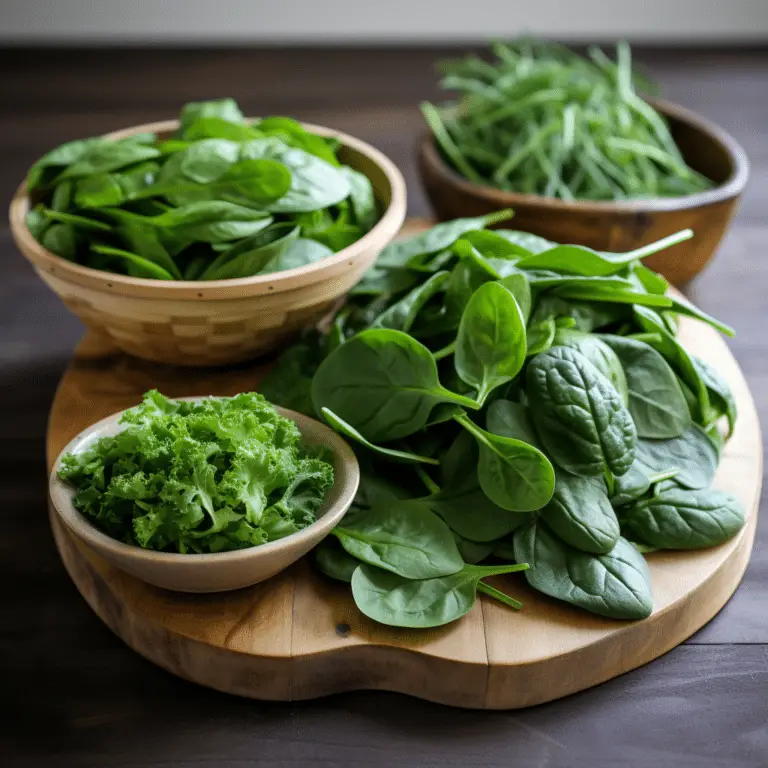Baking Hen Vs. Chicken
A chicken or hen is a domesticated fowl bred for meat or eggs. The primary difference between a hen and a chicken is the gender of the bird. A hen is a female bred for egg production, while a chicken can either be male or female reared for meat production. In most cases, chickens are male or roosters. Hen and chicken meat differ in texture, color, and tenderness, thus requiring different baking preparation and duration. To fully understand how baking the two types of meat would vary, it is crucial to know their differences.
Hen
A hen is a female chicken reared for egg production. After the egg production period, it is slaughtered for meat. Often, it appears smaller than a chicken. Features of hen meat are;
- It is flavorful, lean, and has a more dense texture.
- It is darker than chicken meat.
- It is often tough and has more fats and calories.
Chicken
Chicken is bred primarily for meat production. Often, they are slaughtered at a younger age than the hen, and their meat is usually tender. A chicken has a large body size and fewer fats, cholesterol, and calories; its meat is light and less flavorful.
How To Prepare A Hen Or Chicken For Baking
Hen is tough and could be more tricky to bake than a chicken. Baking this meat on the bone would take longer than deboning or sliced into pieces. Before you start baking, you could make the meat softer by tenderizing it using any of these methods;
- Debone the bird. It takes a shorter period to bake a boneless hen as it is easier for heat to penetrate in meat.
- Marinade the hen. For excellent results, marinate the hen one hour before baking. You could use non-acidic products such as yogurt, buttermilk, soda, baking soda, or fruit. Acidic marinade could make the meat tougher.
- Pound boneless hen meat with a unique tool. Tenderized meat is more succulent, juicer, tastier, and tender.
How To Bake A Hen Or Chicken
The baking duration varies according to the size, whether it’s deboned or not, marination, and where it is sliced or halved. Poultry has a high chance of infection by bacteria such as salmonella and should be baked at a high temperature of 375 to 425 degrees Fahrenheit. You could follow the below steps to bake your bird;
- Preheat the oven to 375 degrees Fahrenheit.
- Pat dry the chicken and sprinkle it with seasoning.
- Bake each pound for 25 minutes or until the internal temperature is 165 degrees Fahrenheit on the thighs and 170 degrees Fahrenheit on the breastbone. If you don’t have a thermometer, pierce the chicken with a fork, and if the interior is no longer pink or reddish and the juice is clear, the chicken is done. It is important to note that he may take a longer baking duration than that chicken.
Nutrition Facts
The nutrition value of hen and chicken meat is similar. One hundred grams of chicken contains 239 calories, 14 grams of fats, cholesterol 88 mg, sodium 82mg, potassium 223 mg, and protein 27 grams. It also consists of calcium, iron, B vitamins, and magnesium.
Benefits Of Chicken And Hen Meat
White meat is one of the most nutritious dishes. Some of these benefits include;
- It might strengthen bones and muscles.
- It contains antidepressants that help boost moods and makes you feel good.
- It might help maintain a healthy weight and reduce the risks of obesity and other lifestyle diseases.
- It is excellent for cardiovascular health due to its low fats, calories, and cholesterol.
- It might help control blood pressure and blood sugars.
- It contains anti-cancer properties, which might reduce the risk of colorectal cancer.
- It might improve brain function and boost memory, especially in seniors.
- It might boost fertility in men and women.
- It might increase energy levels and reduce fatigue.
- It might aid in improving skin health.
Side Effects Of Overconsumption Of Chicken And Hen Meat
The significant risk of consuming chicken meat is food poisoning. Poultry meat is susceptible to bacteria such as salmonella, which is transferable to humans if not properly cooked. To reduce the chances of poisoning, ensure that you cook the meat well until you achieve an internal temperature of 165 degrees Fahrenheit. These bacterias could lead to antibiotic-resistant infections as well as lead to arsenic exposure. You could gain excessive weight when overconsumed, which is terrible for your health.
A Summary Of Differences And Similarities Between Hen And Chicken
- A hen is tougher and darker than a chicken.
- A hen is smaller than a chicken.
- A hen is more flavorful and has more fats, cholesterol, and calories.
- It takes longer to bake a hen than a chicken as the meat is thicker.
- Both hen and chicken are white meats with similar nutritional values.
- They have versatile cooking methods, including baking, roasting, boiling, and grilling.
- Both are high in protein and minerals and low in sodium.
- Chicken is leaner than the hen.
- A hen has a gamier flavor and coarser texture than chicken.
Tips To Handle Meat Safely
- Do not wash raw chicken meat.
- Ensure it is well cooked internally.
- Put the meat in a disposable plastic bag to avoid spreading germs to other foods and surfaces.
- Wash hands correctly after handling meat.
- Have a separate chopping board for this meat.
- Wash utensils thoroughly with soap and water.
- Store the meat in a cold place, preferably in a refrigerator or freezer. Avoid storing the meat at room temperature.
In conclusion, hen and chicken meat are the meat of the same type of domesticated fowl. A hen is reared for producing eggs, while a chicken is bred for meat production. They have similar nutritional values but have different colors, textures, and tenderness. A hen is tougher than a chicken and thus requires a longer baking time.






